Expansion in Natural Gas Processing
The Zeolite Molecular Sieve Market is significantly influenced by the expansion of natural gas processing activities. As countries strive to meet energy demands and reduce carbon emissions, natural gas has emerged as a cleaner alternative to coal and oil. Zeolite molecular sieves play a crucial role in the purification and separation of natural gas components, such as methane and ethane. The market for natural gas is expected to grow steadily, with estimates suggesting an increase in production and consumption rates. This growth is likely to drive the demand for zeolite molecular sieves, as they are essential for ensuring the quality and efficiency of natural gas processing operations, thereby enhancing the overall market landscape.
Increased Use in Air Separation Technologies
The Zeolite Molecular Sieve Market is witnessing a rise in the utilization of zeolites in air separation technologies. These materials are pivotal in the separation of oxygen and nitrogen from air, which is critical for various industrial applications, including metal production and chemical manufacturing. The air separation market is projected to expand, driven by the increasing demand for oxygen in healthcare and industrial processes. This trend suggests a growing opportunity for zeolite molecular sieves, as they offer high selectivity and efficiency in gas separation. The integration of zeolite technology in air separation systems is likely to enhance operational performance, thereby contributing positively to the overall market dynamics.
Growing Demand in Pharmaceutical Applications
The Zeolite Molecular Sieve Market is also benefiting from the growing demand for zeolites in pharmaceutical applications. Zeolites are utilized for drug delivery systems, catalysis in drug synthesis, and as excipients in formulations. The pharmaceutical sector is experiencing robust growth, with an increasing focus on innovative drug development and personalized medicine. This trend is expected to drive the demand for zeolite molecular sieves, as they provide unique properties that enhance drug stability and bioavailability. The market for pharmaceutical applications is anticipated to expand, indicating a promising avenue for zeolite molecular sieve manufacturers to explore and capitalize on.
Rising Applications in Petrochemical Industry
The Zeolite Molecular Sieve Market is experiencing a notable surge in demand due to its extensive applications in the petrochemical sector. Zeolites are utilized for catalytic cracking, adsorption, and separation processes, which are essential in refining crude oil into valuable products. The increasing need for high-purity chemicals and fuels is driving the adoption of zeolite molecular sieves. According to recent data, the petrochemical industry is projected to grow at a compound annual growth rate of approximately 4% over the next few years, further bolstering the demand for zeolite molecular sieves. This trend indicates a robust market potential for zeolite applications, as companies seek to enhance efficiency and product quality in their operations.
Technological Advancements in Zeolite Production
The Zeolite Molecular Sieve Market is poised for growth due to technological advancements in zeolite production methods. Innovations in synthesis techniques, such as the development of more efficient and environmentally friendly processes, are enhancing the quality and performance of zeolite molecular sieves. These advancements are likely to reduce production costs and improve the scalability of zeolite applications across various industries. As manufacturers adopt these new technologies, the market is expected to witness an increase in the availability of high-performance zeolites, which could lead to broader adoption in sectors such as petrochemicals, pharmaceuticals, and environmental applications. This trend suggests a favorable outlook for the zeolite molecular sieve market.


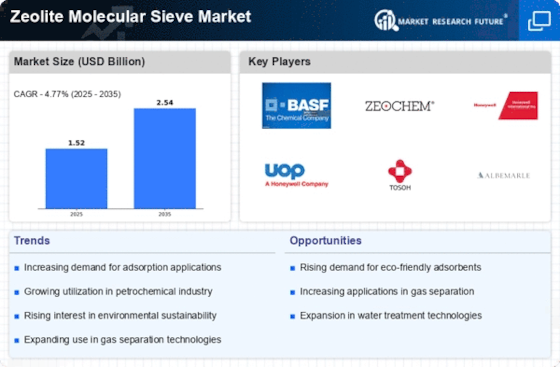
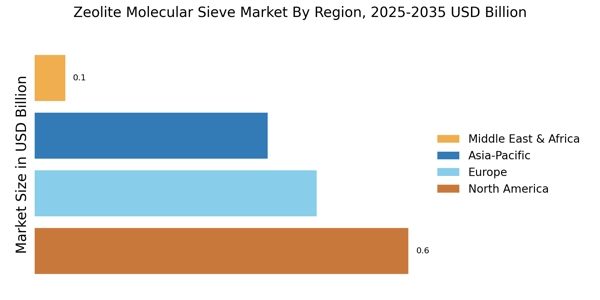
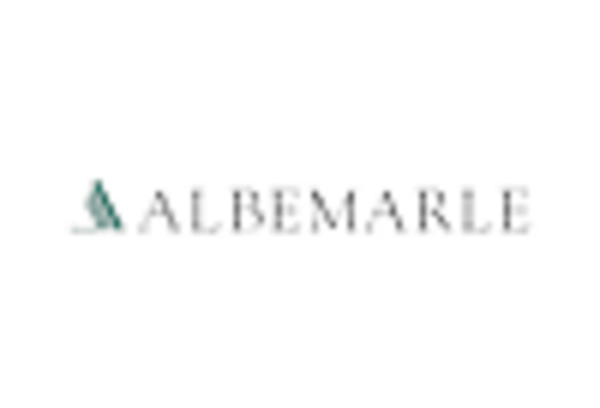


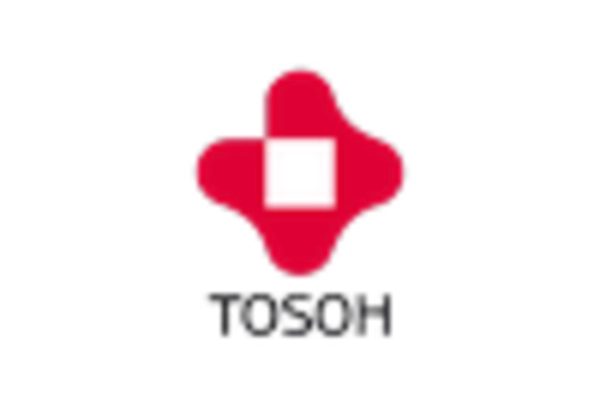
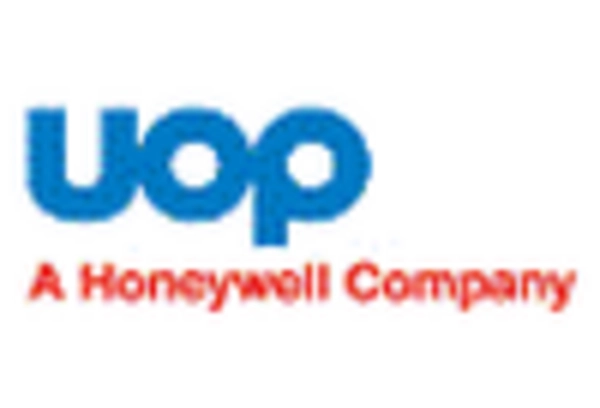
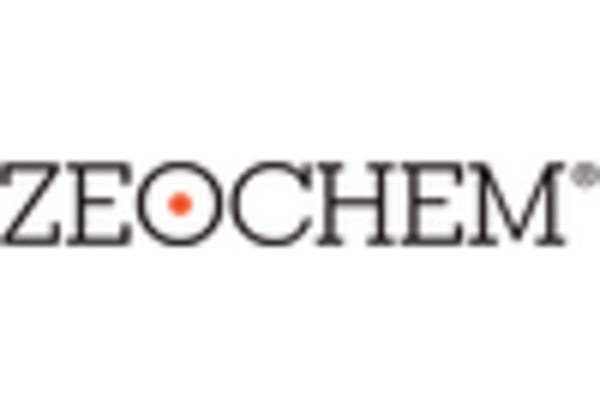








Leave a Comment